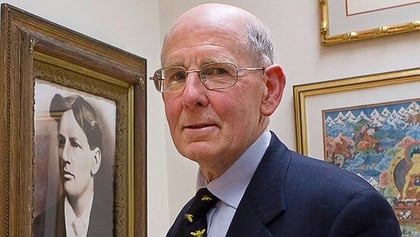A U.S. recession “may already be underway,” and the bond market rally that began in the early 1980s is still intact, says Gary Shilling, founder of the investment advisory firm A. Gary Shilling & Co.
In his latest Insight report released just before Friday’s stronger-than-expected jobs report, Shilling writes that the 10-year Treasury note yield will drop to 1% in a year and the 30-year Treasury bond will drop to 2% a year after the recession starts, delivering double-digit returns. In that case, the 10-year Treasury would gain close to 12%, and the 30-year Treasury bond 14%.
The 10-year Treasury note ended Friday trading with a 2.03% yield after slipping below 2% on July 2, and the 30-year Treasury bond finished with a 2.54% yield following a decline below 2.5% on July 3. The yields of both securities bounced back following the jobs report, which led many traders and analysts to question expectations of a Fed rate cut later this month.
(Related: Gary Shilling: Trump Sowing Uncertainty Stokes Recession)
“To the surprise of almost every other forecaster, Treasury note and bond yields have plummeted since last fall as their prices leap,” writes Shilling in his latest Insight analysis. “Low and declining inflation as well as heavy buying by foreign and domestic investors are important drivers. The recession we believe is already underway will further depress inflation and enhance Treasurys’ safe haven appeal.”
Moreover, writes Shilling, “The moderate recession we see could be deepened by a collapse in low quality nonfinancial corporate debt, troubled emerging economies or a full-blown trade war with China.”
Months ago, Shilling gave 66% odds of a recession this year. Now he cautions against believing that interest rate cuts by the Federal Reserve will save the day for stocks even though “equity investors seem to have complete faith in the Fed to keep the good times rolling.”









 July 08, 2019 at 10:55 AM
July 08, 2019 at 10:55 AM










